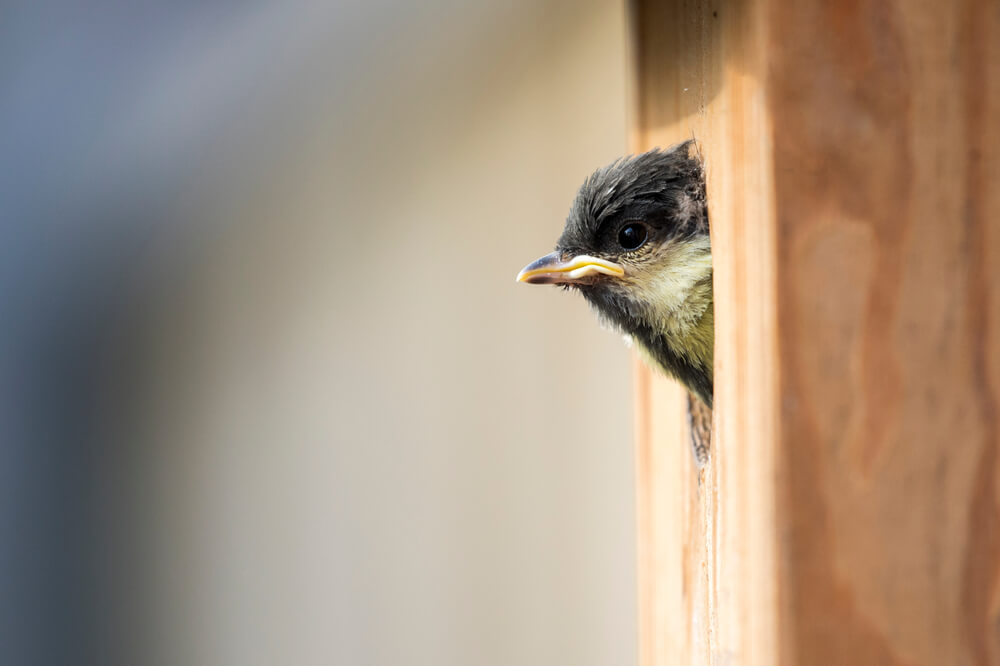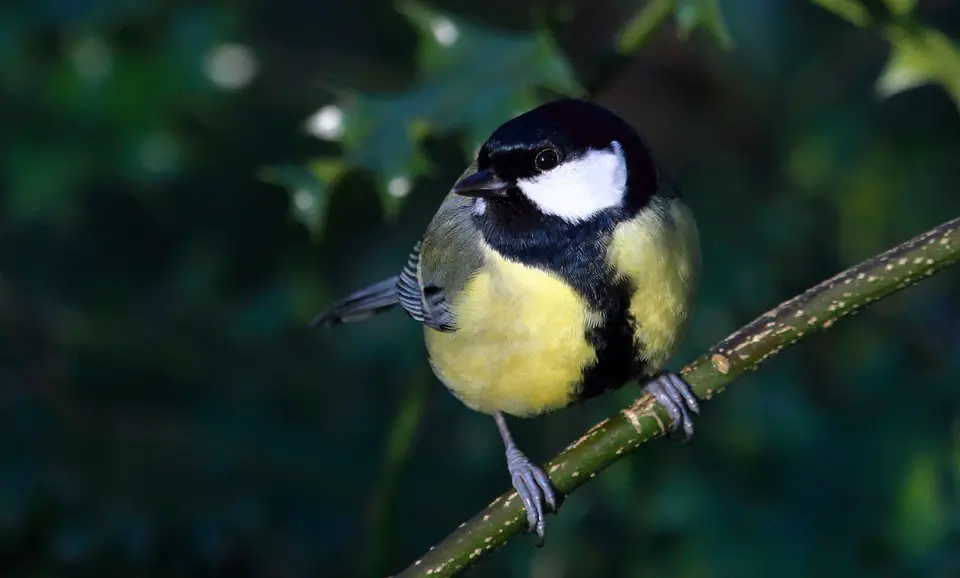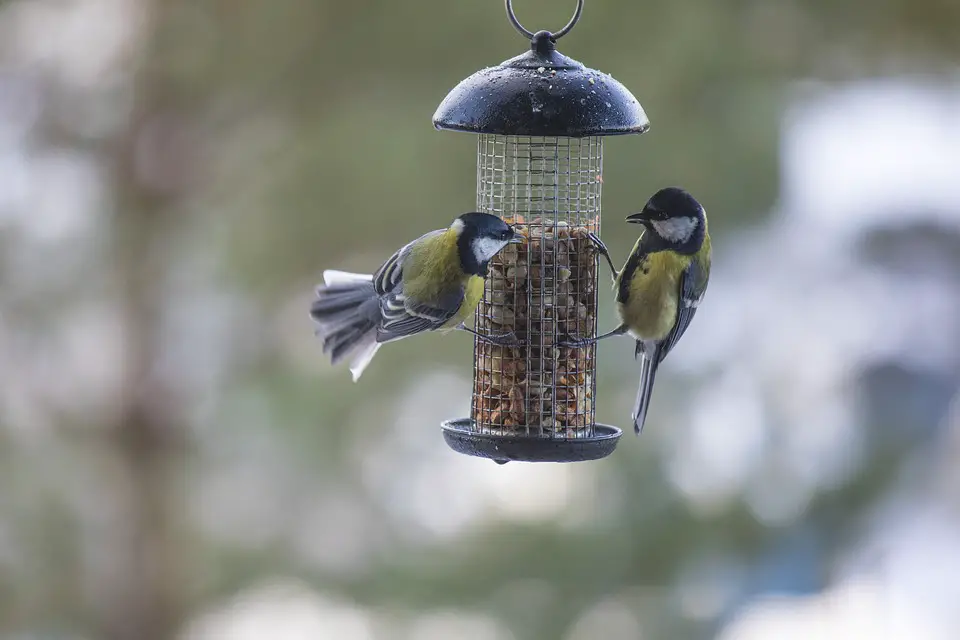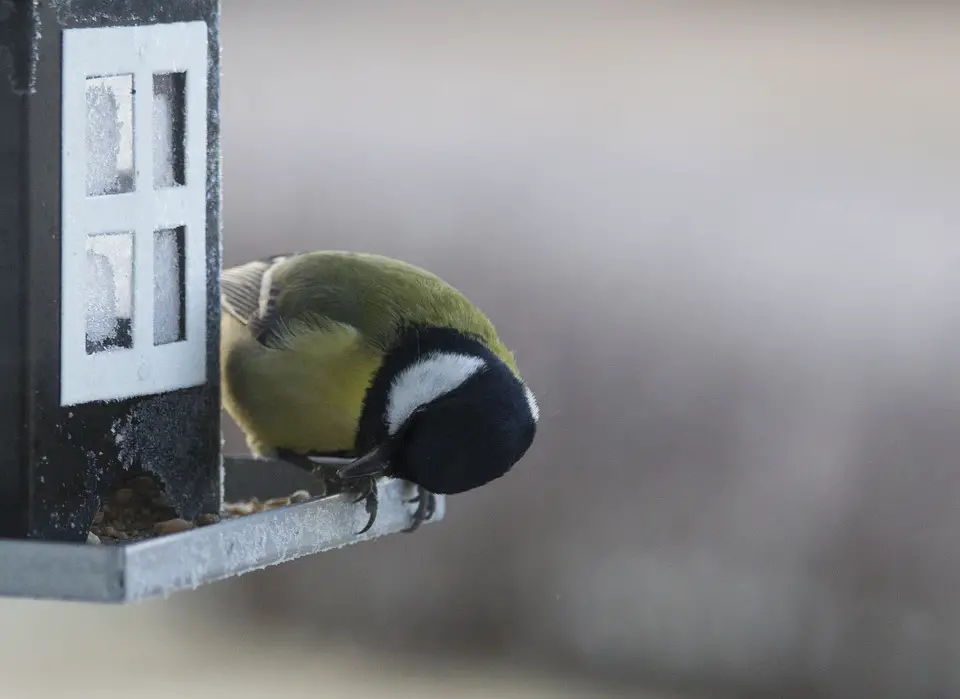Where Do Great Tits Nest
There are more than 2.5 million breeding pairs of great tits in the UK they inhabit huge swathes of the country. I love seeing them at my feeders, although for their size they are tough little cookies; they dominate the table against much bigger songbirds. Blue tits use my bird box regularly, but I’ve never … Read more



